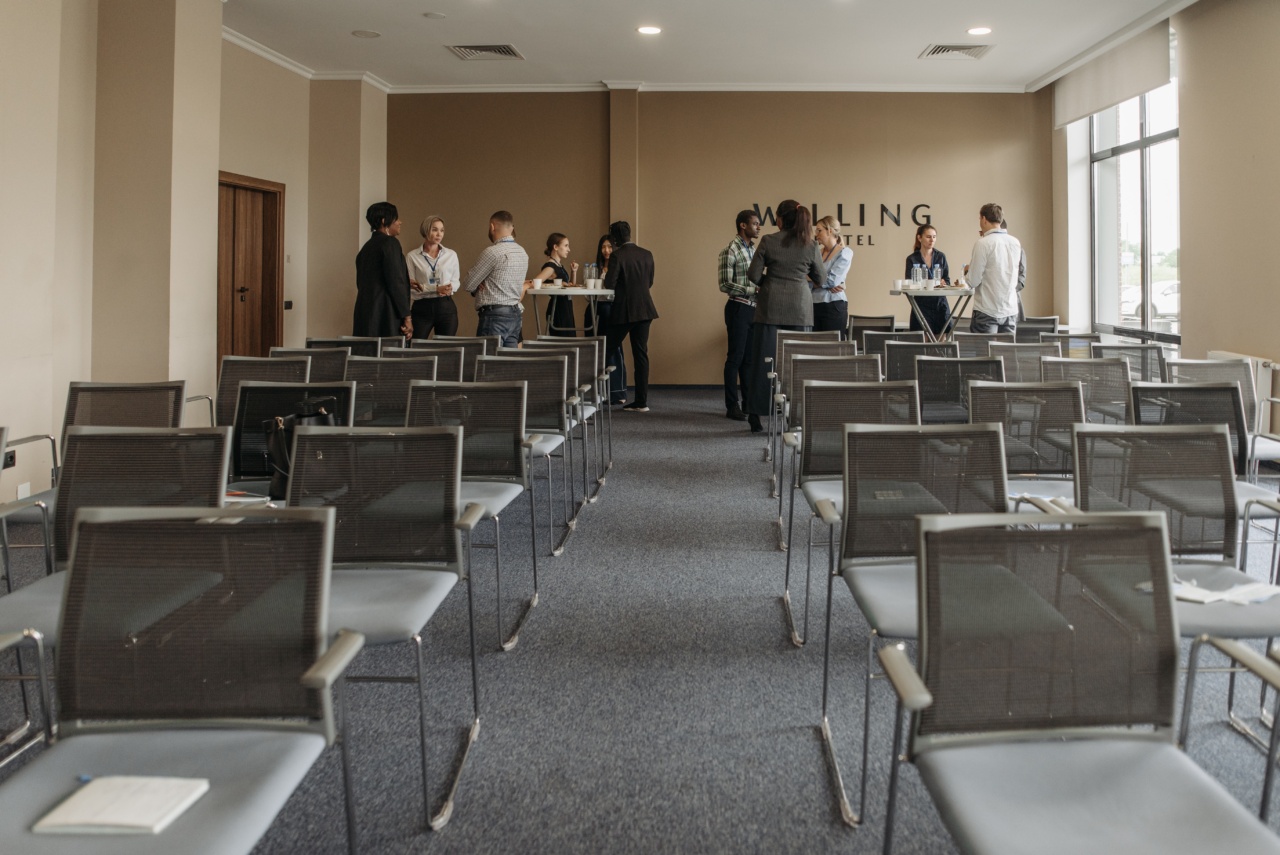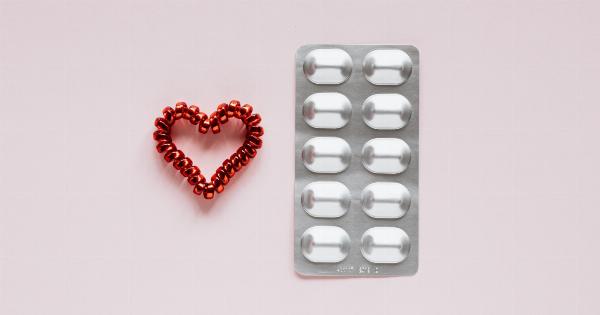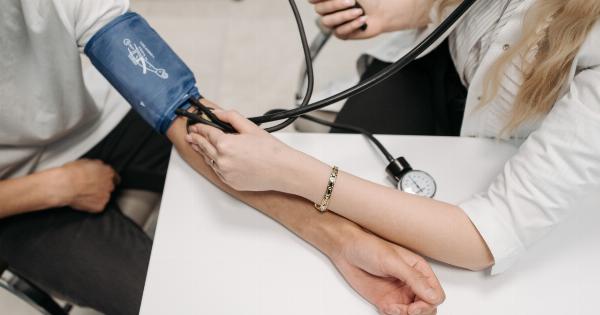The human heart is a remarkable organ that plays a crucial role in maintaining circulation and delivering oxygen and nutrients to the body’s tissues.
It functions through a complex interplay of biomechanical processes that allow for efficient pumping of blood throughout the cardiovascular system.
Anatomy of the Heart
The heart is a muscular organ located in the chest cavity, between the lungs. It consists of four chambers: the two atria (left and right) and the two ventricles (left and right).
The atria receive blood from various parts of the body, while the ventricles pump blood out to the rest of the body.
Cardiac Cycle and Blood Flow
The cardiac cycle refers to the sequence of events that occur during a complete heartbeat. It consists of two phases: diastole, when the heart relaxes and fills with blood, and systole, when the heart contracts to pump blood out.
During diastole, the atria receive blood from the body and the ventricles fill with blood. This is facilitated by the relaxation and opening of the atrioventricular valves (mitral and tricuspid valves).
As the ventricles fill, the atria contract to push the remaining blood into the ventricles.
During systole, the ventricles contract, and the atrioventricular valves close to prevent backflow of blood into the atria.
The semilunar valves (aortic and pulmonary valves) open, allowing blood to be expelled from the heart into the aorta and pulmonary artery. This process is responsible for the circulation of oxygenated and deoxygenated blood throughout the body.
Mechanics of Cardiac Contraction
The mechanical events of cardiac contraction are regulated by specialized cells called cardiomyocytes, which make up the muscle tissue of the heart.
These cells possess a unique property of electrical excitability, allowing them to generate and conduct electrical impulses.
When an electrical impulse reaches a cardiomyocyte, it triggers the release of calcium ions from intracellular stores.
The calcium ions bind to proteins in the muscle fibers, leading to the generation of force and contraction of the myocardium (heart muscle).
The Frank-Starling Law of the Heart
The Frank-Starling law states that the force of ventricular contraction is directly related to the initial stretching of the muscle fibers.
In simpler terms, the more the myocardium is stretched during diastole, the more forcefully it contracts during systole.
This mechanism ensures that the stroke volume (amount of blood pumped with each beat) matches the venous return (amount of blood returning to the heart).
It allows the heart to adapt to changes in blood volume and maintain cardiac output, which is essential for meeting the body’s metabolic demands.
Cardiac Output and Ejection Fraction
Cardiac output refers to the amount of blood pumped by the heart in one minute. It is calculated by multiplying the heart rate (number of beats per minute) by the stroke volume.
A healthy adult at rest typically has a cardiac output of around 5 liters per minute.
Ejection fraction, on the other hand, is the percentage of blood ejected from the left ventricle with each beat.
It is calculated by dividing the stroke volume by the end-diastolic volume (amount of blood in the ventricle at the end of diastole) and multiplying by 100.
Regulation of Cardiac Function
The cardiac function is tightly regulated by the autonomic nervous system and various hormonal factors. The sympathetic nervous system increases heart rate and contractility, while the parasympathetic nervous system (vagus nerve) decreases heart rate.
Hormones such as adrenaline (epinephrine) and noradrenaline (norepinephrine) also affect cardiac function by binding to specific receptors on cardiomyocytes.
These hormones can increase heart rate, contractility, and vasoconstriction, thus preparing the body for increased physical activity or stress.
Pathophysiology of Cardiac Dysfunction
Various conditions can lead to cardiac dysfunction and impairment of its biomechanical function. Heart failure, for example, occurs when the heart is unable to pump blood effectively, leading to inadequate perfusion of the body’s tissues.
Disorders of the heart valves (valvular heart disease), myocardial infarction (heart attack), arrhythmias (abnormal heart rhythms), and congenital heart defects are among the many factors that can contribute to cardiac dysfunction.
Treatment options range from medications to surgical interventions, depending on the underlying cause and severity of the condition.
Conclusion
The biomechanics of cardiac function involve a complex interplay of electrical, mechanical, and hemodynamic processes.
The coordinated contraction and relaxation of the heart chambers ensure the effective pumping of blood and the maintenance of circulation throughout the body. Understanding the intricacies of cardiac biomechanics is essential for diagnosing and treating various cardiovascular conditions and optimizing patient outcomes.



























